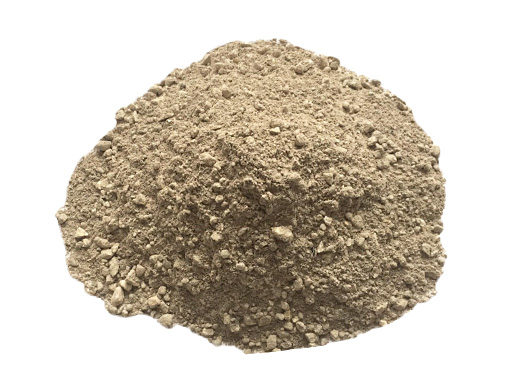News detail
Refractory ramming mass
Refractory ramming material is an important refractory material. The following is a detailed introduction to it.
1.Definition and composition
Refractory ramming material is composed of refractory aggregate and powder, binder or other admixtures, which are mixed in proportion and constructed by ramming. Its performance is better than the refractory concrete formed by vibration of the same material, but lower than or equivalent to unfired brick. Refractory ramming material generally refers to dry ramming material, which has many types such as clay, high alumina, mullite, corundum, silica, magnesia, silicon carbide, mullite corundum, etc.
2.Characteristics
Hot hardness: Refractory ramming materials have a high operating temperature, generally between 1450~1700℃, and can withstand thermal stress in high temperature environments.
Peeling resistance: After ramming construction, refractory ramming materials have high density and strength, and are not easy to peel off.
Abrasion resistance: Ramming materials have good chemical stability and erosion resistance, and can resist erosion and wear of molten materials.
Corrosion resistance: Refractory ramming materials have high volume stability and erosion resistance, and can resist erosion of high-temperature molten materials.
3.Applications
Refractory ramming materials are widely used in metallurgy, building materials, non-ferrous metal smelting, chemical industry, machinery and other manufacturing industries. For example, it can be used to fill the gap between furnace cooling equipment and masonry or as a filler for masonry leveling layer. It can also be used in medium frequency furnaces, induction furnaces and other equipment that melt metals.

4.Construction points
Material selection: Finished materials produced by specialized manufacturers should be selected, and they should have factory certificates and instructions for use.
Particle size matching: The particle size of the ramming material should be evenly matched, with the ratio of coarse, medium and fine particles being approximately 4:2:4, and the maximum particle size being between 5 and 7 mm.
Construction temperature: The appropriate temperature should be controlled during construction to avoid excessively high or low temperatures affecting the construction effect.
Ramming method: Use a pneumatic hammer to ram continuously and evenly until the number of reciprocating times required for the specified bulk density is reached. Ramming should be carried out from the center of the furnace to the surrounding areas to avoid the oil from squeezing to the center and merging to form soft spots.
Curing and drying: After the construction is completed, proper curing and drying should be carried out to ensure the strength and stability of the refractory ramming material.
5.Common Problems and Solutions
Low thermal conductivity: Some refractory ramming materials (such as carbon ramming materials) have low thermal conductivity, which is not conducive to the rapid cooling of the blast furnace body. The solution is to add admixtures to the ramming materials or change the local material use structure to improve its thermal conductivity.
High construction difficulty: The construction of refractory ramming materials requires certain technology and experience, and requires high quality of construction personnel. The solution is to strengthen the training and management of construction personnel and improve their construction skills and level.
In summary, refractory ramming material is an important refractory material with excellent performance and broad application prospects. In construction, it is necessary to pay attention to material selection, particle size matching, construction temperature, ramming method, maintenance and drying, etc., to ensure the construction quality and the use effect of refractory ramming material.


Send inquiry
Please Leave your message you want to know! We will respond to your inquiry within 24 hours!